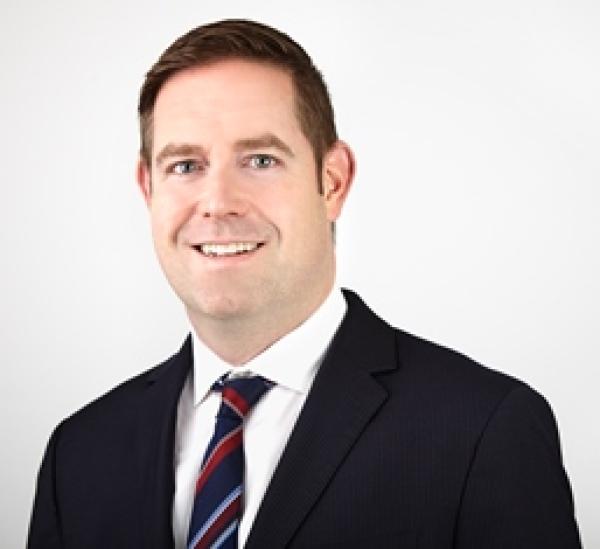By Michael Reid, Relationship Manager – North America, CEM Benchmarking.
For the second year, CEM spent over 2,000 person-hours reviewing the public disclosures of 75 leading global funds from 15 different countries. This initiative forms part of our Global Pension Transparency Benchmark (GPTB) collaboration with Top1000funds.com, an Australian-based site serving the world's largest institutional investors. We sourced fund websites, annual reports, and other publicly available documents to find 190 disclosure elements across four factors: cost, performance, governance, and responsible investing.
The results of this year’s benchmarking exercise were varied. Here are five key insights that stood out in our review:
Globally, there is room for improvement in pension transparency.
The average overall score of the 75 funds was 55 out of 100. Cost and Responsible Investing disclosures were not far behind with average funds scoring only 48 and 49.
Like previous years, the lack of consistency and detail in cost reporting continues to be an area for development. Our research shows that fully 75% of gross value add is eroded by cost – stakeholders deserve an accurate picture of investment costs. It’s the main reason for our recently announced Global Reporting Standard for Institutional Investors (GRSii).
The Canadian funds demonstrated why the “Canadian Model” is often touted in industry publications.
Canadian funds finished first among the countries reviewed, achieving an average score of 75 out of 100, with four of the five Canadian funds finishing within the top 10 funds globally. Not only did the Canadian funds disclose more information but they also used engaging websites and digestible reports for data storytelling.
The Swedish funds also deserve an honourable mention for disclosure. Together, the Swedish and Canadian funds were the only countries that scored in the top five on all four factors.
Responsible Investing disclosures saw the largest year-over-year relative improvement.
While responsible investing practices are undoubtedly of growing importance globally, responsible investing disclosures scored the lowest of the four factors in our inaugural review. After wide ranging improvements from the past year, responsible investing was no longer the lowest scoring factor. We observed some positive insights:
- Funds were more likely to provide quantification of their responsible investing initiatives;
- More funds went a step further and provided context by laying out longer-term goals;
- Several leading funds began producing standalone reports focused exclusively on responsible investing which provided comprehensive, holistic overviews of their responsible investing programs.
The improvements were most common among funds who were disclosing some, but not all information last year. While a few top-scoring funds did improve on the margins, middle-ranking funds showed the biggest improvement. Lamentably, the lowest scoring funds showed the least amount of improvement, 21 of which still received a score of 20 or below.
Pension funds, particularly in developing markets, should consider adopting the Integrated Reporting <IR> framework.
The <IR> framework is a framework designed to help businesses and investors develop a shared understanding of enterprise value promulgated by the Value Reporting Foundation, a global non-profit organization.
While many organizations provided clear disclosures without formally adopting the <IR> framework, the organizations that did utilize the <IR> framework were universally user-friendly. The best examples are the South African organizations, all of which used the <IR> framework. South Africa finished seventh overall in our rankings, ahead of countries like Norway, Finland, and the U.S.
Some funds have excellent disclosures but don’t make it easy to find information.
While we applaud funds that go over and above to disclose information, stakeholders would continue to benefit from more organized and indexed information.
We saw many websites that were difficult to navigate. More frustrating still were funds that had document repositories of literally hundreds of documents that were seemingly not indexed or searchable. True transparency requires easily retrievable information.
Reviewing the disclosures of 75 funds is a daunting task. To make the project feasible, we determined that our scoring would need to be mostly objective. That’s not to say that disclosure quality was ignored. We were able to identify over 90 best practice examples across all four factors from our latest review. We now have over 200 examples from the two years of reviews.
These best practice examples provide the perfect template for funds hoping to improve their own disclosures and are available through our Transparency Benchmarking subscription. If your fund would like more information on this important initiative or any of our other programs, please reach out to us or your CEM Relationship Manager directly.
Note: This article was originally published in the summer edition of CEM’s Peer Intelligence newsletter. To read the full newsletter, click here.
Author Bio:
Michael Reid, FSA, FCIA has client relationship responsibility for several clients in each of CEM's services.

Prior to joining CEM in 2017, Michael had a 16-year career in a wide range of roles within the pension industry most recently as a Managing Director at Manulife Asset Management where he worked with institutional investors in developing liability driven and real asset investment strategies. Michael spent the first 10 years of his career as a pension actuary and consultant in progressive roles at Towers Perrin and Mercer after which Michael joined Manulife where he headed the internal pension team with responsibility for the end-to-end governance of Manulife’s global internal pension arrangements. Michael served as a member of Manulife’s U.S. Pension and 401k investment committee and was secretary to Manulife’s Canadian and US pension committees. Michael has an HBSc in Statistics and Actuarial Science from the University of Western Ontario.




